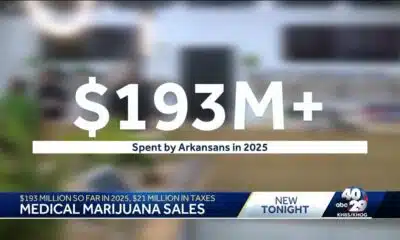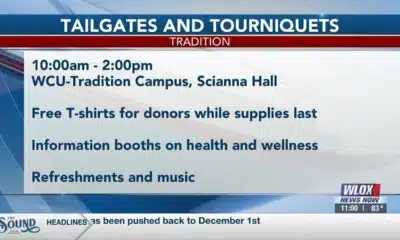(The Center Square) – Florida Gov. Ron DeSantis said he returned nearly $500 million to the U.S. Treasury because the money had “too many strings attached.”
The two-term Republican governor mentioned he’d recently met with Elon Musk and the U.S. Department of Government Efficiency about $330 million that was allocated for Florida projects. He also said the grant would have required the state to check tailpipe emissions, something that DeSantis said he would never do.
DeSantis said $170 million for various Florida-based nongovernment organizations was also part of the rejected funds. His first attempt to send the money back was during President Joe Biden’s administration, but it took a conversation with Musk to get the money returned to the U.S. Treasury.
“It’s rare that states do that because they’re usually like ‘gimme, gimme, gimme,’ but the reality is we all have a role in trying to change the fiscal trajectory of this country,” DeSantis said. “The reality is what we’re doing is unsustainable.”
DeSantis mentioned the return of the funds as he announced $389 million in water quality improvement grants at an event in Palm Bay on Tuesday.
The grants are divided among $189 million in Water Quality Improvement grants and $55 million in Alternative Water Supply grants, along with $100 million for the new Indian River Lagoon Protection Program, $25 million through the Caloosahatchee Watershed Grant Program and $20 million through the Biscayne Bay Water Quality Improvement Grant Program. These grants will aid in restoration efforts.
“Florida’s support for water quality projects is making a real impact in reducing nutrient pollution and improving the health of our waterways,” said Florida Department of Environmental Protection Secretary Alexis Lambert at the news conference. “Governor DeSantis and the Legislature have made these investments a priority to provide needed resources for local leaders to take on infrastructure projects that will improve the environment for future generations.”
The Department of Environment Protection received 348 project submissions worth $2.2 billion this year. State officials approved 31 of these projects as high priorities. State officials say these efforts could remove 1.1 million pounds of nitrogen and 286,000 pounds of phosphorous from agricultural runoff and other sources that can both cause harmful algae blooms.
The Indian River Lagoon on the Atlantic Coast has 25 water quality projects worth $100 million under the program. The Caloosahatchee River and estuary in southwest Florida will have four projects, while eight projects will be done in Biscayne Bay in the Miami area.
Officials have also approved 14 projects under the Alternative Water Supply Grant Program that would produce 40 million gallons per day within two years. All of these projects will help with reclaimed water use, recharging Florida’s vital aquifers and promoting water conservation.
In DeSantis’ two terms, the state environmental protection agency has awarded nearly $2.9 billion to 1,098 community projects for water quality. These projects are expected by state officials to reduce nitrogen by 4.6 million pounds and phosphorus by more than 893,000 pounds.














































